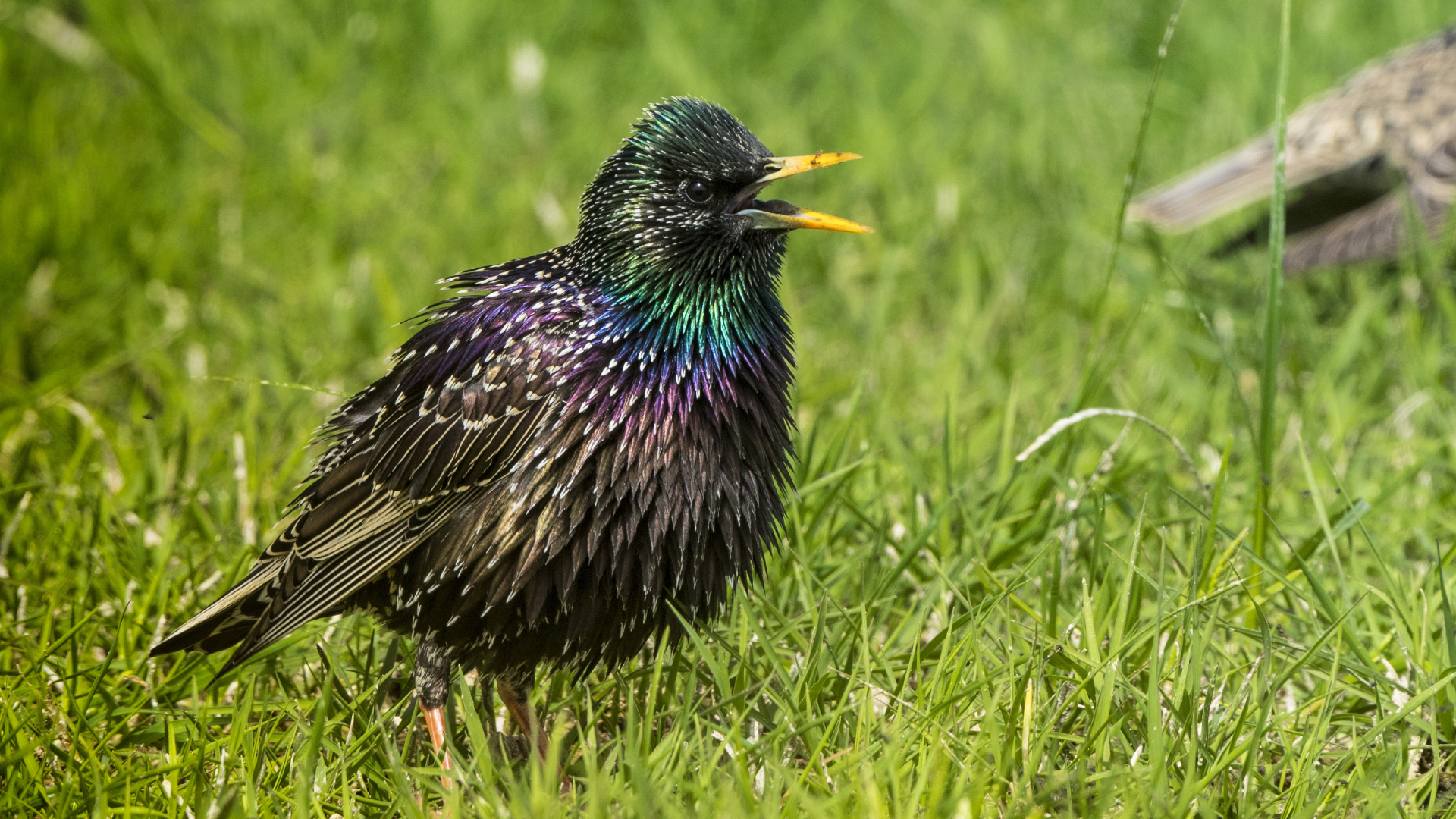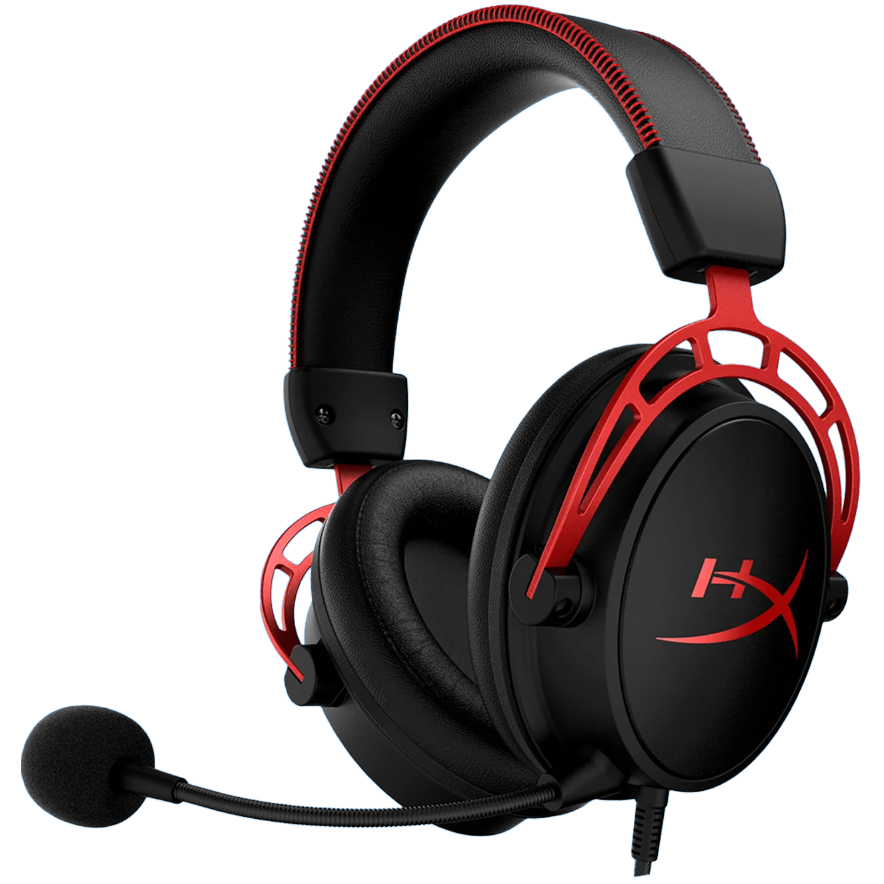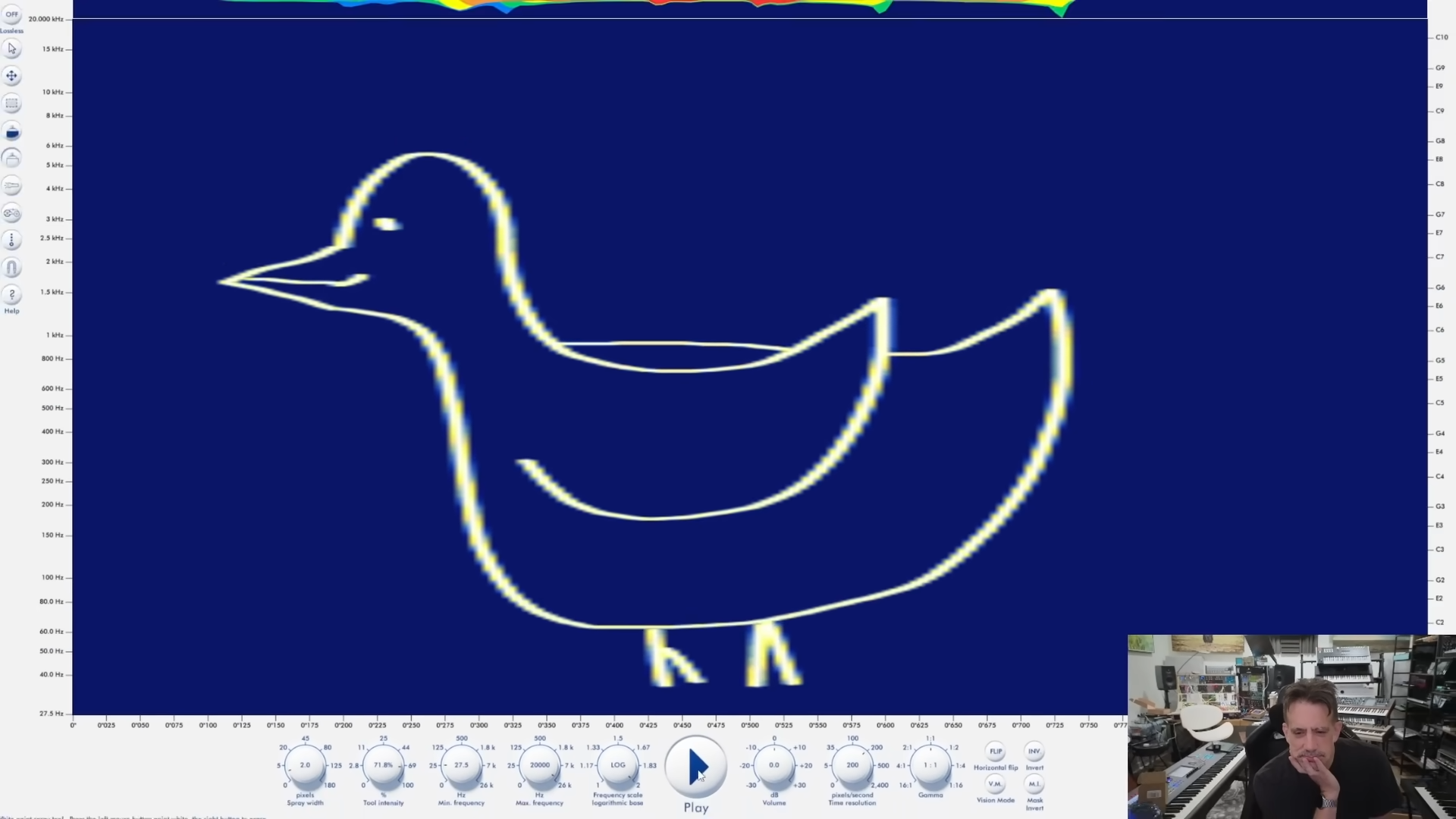Great news: A guy saved an image file onto a live bird
A better form of cloud storage.

Before it was used to subject us to an endless churn of ads and targeted misinformation, technology could feel magical. It's hard to remember, but 15 years ago, you could see someone tinkering on something cool online and it usually didn't involve a con, a surveillance apparatus, or a military contract. Perhaps we've just become less naive, but technology has become far less wonderful.
Or at least that's what I thought. But then I watched a guy save an image to a bird.
Benn Jordan is a musician and acoustic science YouTuber, and over the weekend he uploaded a video detailing the world's most delightful, if impractical, data backup solution: His storage medium was a European starling, a songbird capable of elaborate acoustic mimicry.
Thanks to a highly developed vocal organ called a syrinx, starlings can precisely and rapidly produce multiple tones at the same time. As a result, they can imitate nearly any sound they hear, including camera shutters, recorded audio complete with reverb, and a variety of other synthetic and man-made sounds.
And if you really want them to, it turns out they can also do PNGs.
Jordan's video is a lengthy walkthrough of how he hand-built an ultrasonic microphone setup for recording and collecting bird vocalization data. 13 and a half minutes in, however, he explains how—on a whim—he decided to see if he could turn a starling into portable image storage.
To do so, he drew a picture of a bird in a spectral synthesizer, a piece of software that lets you draw a spectrogram—a visual representation of how the frequencies change in a signal over time—to create a sound. After playing the resulting sound of his bird doodle to a starling, the bird eventually imitated it with enough fidelity that the drawing could be seen in the spectrogram of its vocalization.
Keep up to date with the most important stories and the best deals, as picked by the PC Gamer team.
"This little bird successfully learned and emulated the sound in the exact same frequency range that he heard it, effectively transferring about 176 kilobytes of uncompressed information," Jordan said. "Hypothetically, if this were an audible file transfer protocol that used a 10:1 data compression ratio, that's nearly 2 megabytes of information per second."
Considering SATA 3 SSDs have write speeds of over 500 MB/s and can't, y'know, fly away if they want to, saving your data to songbirds probably isn't the most efficient storage solution. But we now live in a world where, if absolutely necessary, we could save files to birds, and I'd rather live in this one than not.

1. Best overall:
HyperX Cloud Alpha
2. Best budget:
Corsair HS55 Stereo
3. Best wireless:
HyperX Cloud Alpha Wireless
4. Best mid-range wireless:
Turtle Beach Stealth 600 Gen 3
5. Best audiophile:
Beyerdynamic MMX 330 Pro
6. Best wireless audiophile:
Audeze Maxwell
7. Best for streaming:
Audio-Technica ATH-M50xSTS StreamSet
8. Best noise-cancelling:
AceZone A-Spire
9. Best earbuds:
Steelseries Arctis GameBuds
Lincoln has been writing about games for 11 years—unless you include the essays about procedural storytelling in Dwarf Fortress he convinced his college professors to accept. Leveraging the brainworms from a youth spent in World of Warcraft to write for sites like Waypoint, Polygon, and Fanbyte, Lincoln spent three years freelancing for PC Gamer before joining on as a full-time News Writer in 2024, bringing an expertise in Caves of Qud bird diplomacy, getting sons killed in Crusader Kings, and hitting dinosaurs with hammers in Monster Hunter.
You must confirm your public display name before commenting
Please logout and then login again, you will then be prompted to enter your display name.




